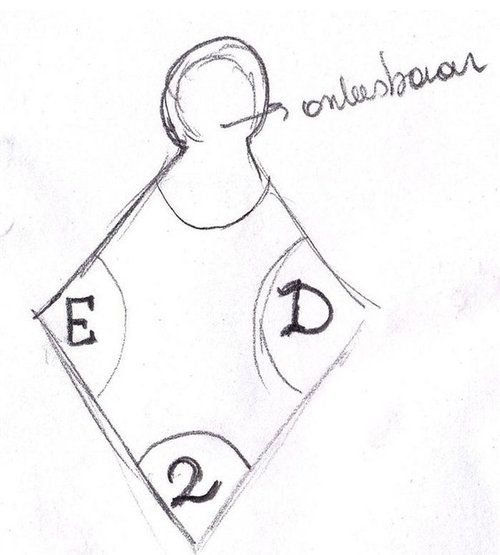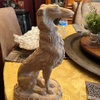Need help identifying chandelier
TallTom
11 years ago
Related Stories

GARDENING FOR BIRDSBackyard Birds: How to Identify Two Common Woodpeckers
Downy and hairy woodpeckers have similar coloration and behavior. But there are two big differences that separate them
Full Story
DECORATING GUIDESCould a Mission Statement Help Your House?
Identify your home’s purpose and style to make everything from choosing paint colors to buying a new home easier
Full Story
ORGANIZINGHelp for Whittling Down the Photo Pile
Consider these 6 points your personal pare-down assistant, making organizing your photo collection easier
Full Story
HOUSEKEEPINGThree More Magic Words to Help the Housekeeping Get Done
As a follow-up to "How about now?" these three words can help you check more chores off your list
Full Story
LIFEDecluttering — How to Get the Help You Need
Don't worry if you can't shed stuff and organize alone; help is at your disposal
Full Story
REMODELING GUIDESRoom of the Day: Antiques Help a Dining Room Grow Up
Artfully distressed pieces and elegant colors take a formerly child-focused space into sophisticated territory
Full Story
ORGANIZING4 Questions to Help You Organize Your Favorite Photos
Organize your keeper photos with a system that's just right for you, whether it's in the cloud or you can hold it in your hand
Full Story
ORGANIZINGGet the Organizing Help You Need (Finally!)
Imagine having your closet whipped into shape by someone else. That’s the power of working with a pro
Full Story












lindac
TallTomOriginal Author
Related Professionals
Beaufort Furniture & Accessories · Chicago Furniture & Accessories · Fair Lawn Furniture & Accessories · Irmo Furniture & Accessories · Boca Raton Painters · Cupertino Painters · Encinitas Painters · Frederick Painters · Lathrop Painters · Gardner Painters · Cartersville Furniture & Accessories · Jupiter Furniture & Accessories · Washington Furniture & Accessories · Stamford Furniture & Accessories · Silver Spring Professional OrganizersFori
CapHillHandyman
antiquesilver
calliope
lindac
TallTomOriginal Author
TallTomOriginal Author
TallTomOriginal Author
TallTomOriginal Author
CapHillHandyman
smo2